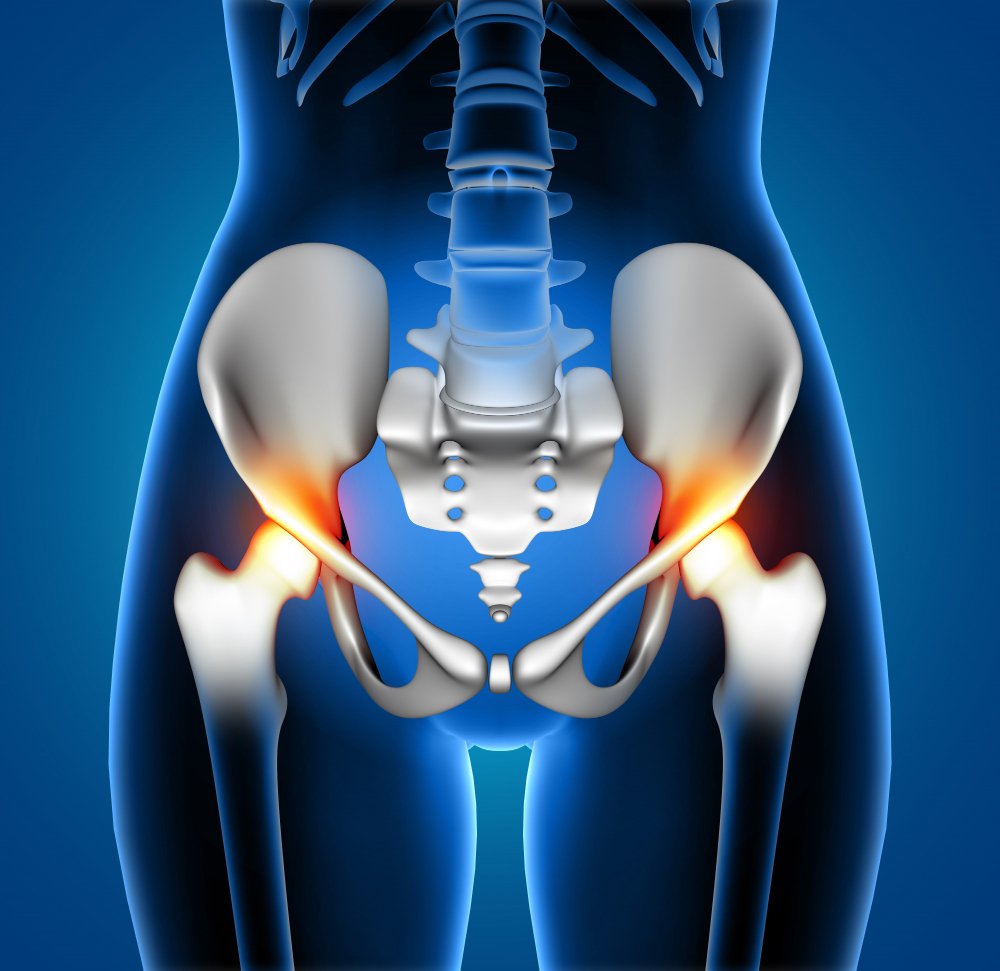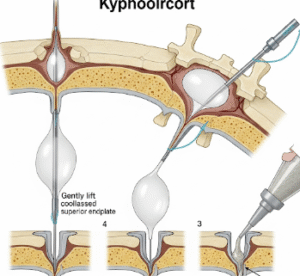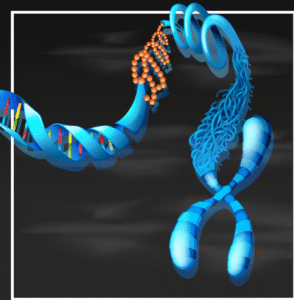Overview
Sacroiliitis refers to inflammation of one or both sacroiliac joints, which connect the lower spine to the pelvis. It is often a symptom of underlying inflammatory diseases and can cause significant pain in the lower back and buttocks. In South Korea, awareness of sacroiliitis is increasing due to better diagnostic tools and rising prevalence of autoimmune disorders like ankylosing spondylitis.
What is Sacroiliitis?
Sacroiliitis is the inflammation of the sacroiliac joints, located where the spine meets the pelvis. The condition can be caused by injury, arthritis, infection, or autoimmune diseases. It commonly presents as persistent lower back pain, especially when standing for long periods or climbing stairs.
It can occur as a standalone condition or as part of a broader systemic illness, particularly spondyloarthropathies.
Symptoms
- Dull or sharp pain in the lower back, buttocks, or thighs
- Pain that worsens with standing, walking, or weight-bearing
- Stiffness, especially in the morning or after prolonged rest
- Reduced range of motion in the hips or lower back
- Pain that improves with light exercise or movement (in inflammatory cases)
Causes
- Autoimmune diseases, especially ankylosing spondylitis, psoriatic arthritis, and reactive arthritis
- Infections like bacterial sacroiliitis (less common)
- Pregnancy-related changes, due to ligament stretching and joint stress
- Trauma or injury, such as falls or car accidents
- Osteoarthritis or degenerative joint disease
- Biomechanical stress, especially from leg length differences or abnormal gait
Risk Factors
- Age: Most common in people between 20 and 40
- Gender: Men are more likely to develop sacroiliitis associated with ankylosing spondylitis
- Family history of autoimmune diseases
- Repetitive stress or trauma to the lower back
- Infections or intravenous drug use (increasing risk of joint infection)
Complications
If left untreated, sacroiliitis can lead to:
- Chronic pain and disability
- Joint damage and stiffness
- Fusion of the sacroiliac joint (in severe autoimmune cases)
- Reduced mobility and quality of life
- Development of systemic symptoms in autoimmune forms (e.g., eye inflammation, fatigue)
Prevention
While not all causes of sacroiliitis are preventable, certain steps can reduce risk:
- Maintain a healthy posture and ergonomic lifestyle
- Exercise regularly to strengthen core and lower back muscles
- Avoid repetitive heavy lifting or trauma to the lower back
- Seek early diagnosis and treatment of autoimmune symptoms
- Manage infections promptly
Treatment Options in Korea
1. Medications
- NSAIDs (Nonsteroidal anti-inflammatory drugs) such as ibuprofen or naproxen
- DMARDs (Disease-modifying antirheumatic drugs) like sulfasalazine for autoimmune cases
- Biologic therapies (TNF inhibitors such as adalimumab or etanercept) are widely available in Korea for ankylosing spondylitis
- Corticosteroid injections into the sacroiliac joint for pain relief
2. Physical Therapy
- Customized physical therapy programs to strengthen pelvic and core muscles
- Stretching and posture correction
- Techniques to restore joint mobility and reduce stiffness
3. Minimally Invasive Procedures
- Image-guided joint injections using fluoroscopy or ultrasound
- Radiofrequency ablation for chronic sacroiliitis pain
4. Surgical Options (Rare)
- Sacroiliac joint fusion is considered only for severe, treatment-resistant cases
5. Rehabilitation and Lifestyle Management
- Use of supportive belts or braces
- Regular monitoring of inflammation markers
- Lifestyle counseling for patients with autoimmune or degenerative causes
6. Where to Get Treated in Korea
Leading hospitals and rheumatology clinics in South Korea offer advanced diagnostic and treatment services for sacroiliitis













